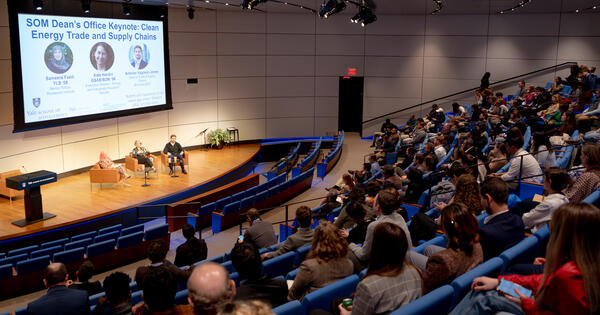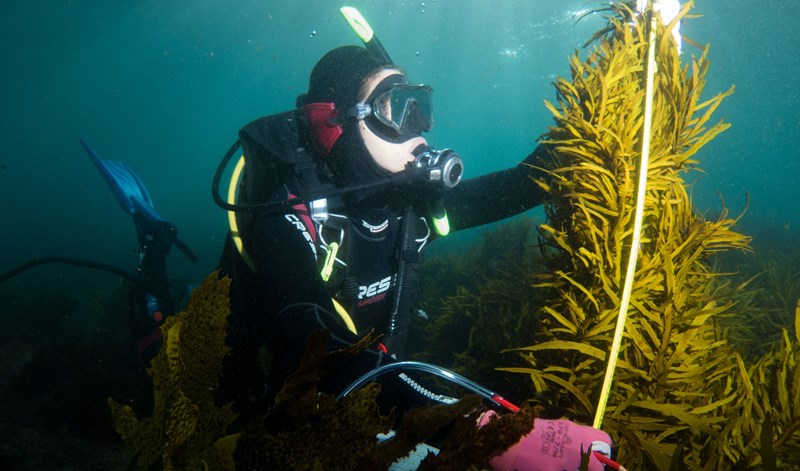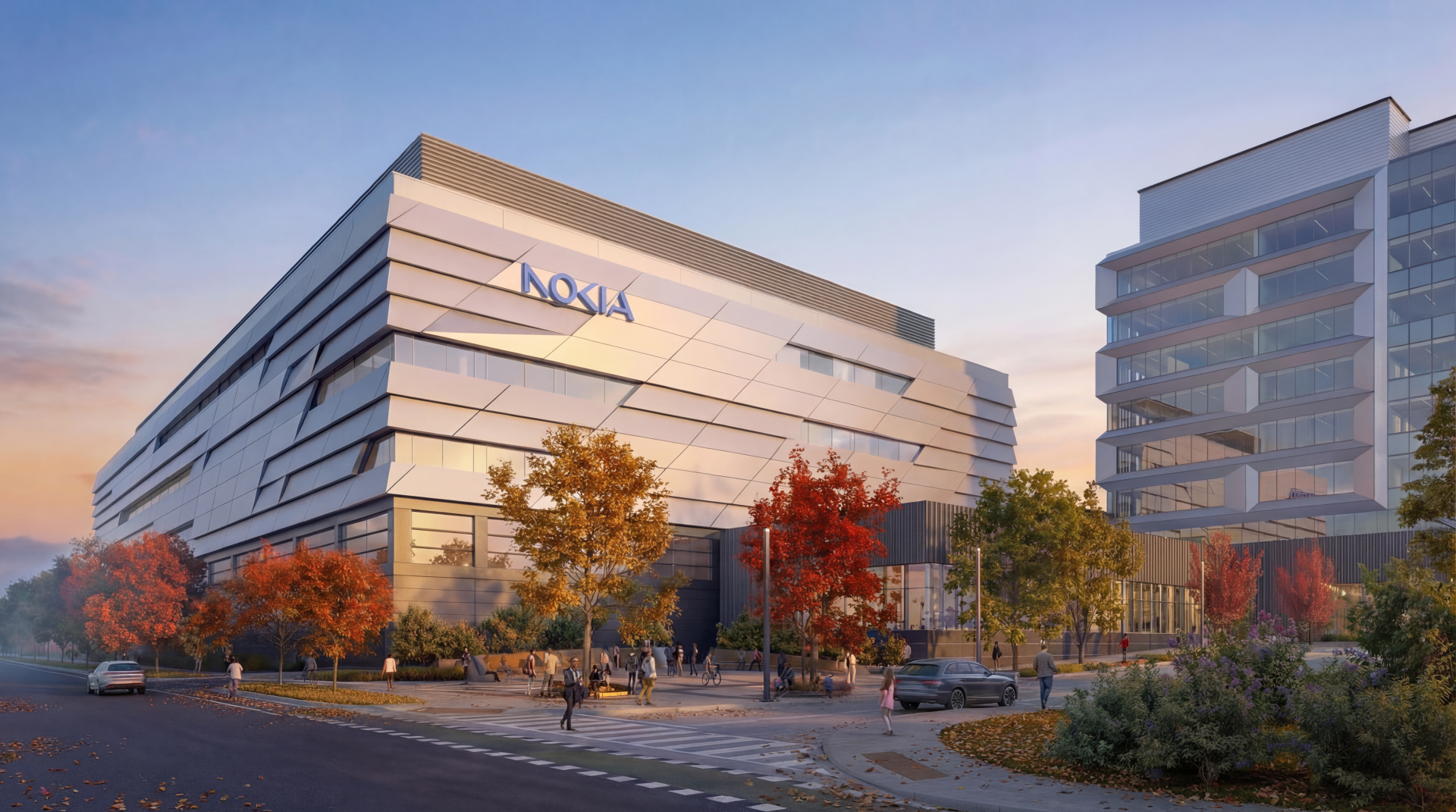The Sean M. Healey & AMG Center for ALS at Mass General Brigham has selected Tiziana Life Sciences as one of the companies to enter the Healey ALS MyMatch Program for testing intranasal foralumab in a biomarker-driven phase 2a clinical trial for ALS. This trial is partially funded by the ALS Association’s Hoffman ALS Clinical Trial Awards Program.
The Healey ALS MyMatch program is changing the field of early phase ALS clinical trials (Phase 1b/2a). The program uses a personalized approach, an efficient program architecture and central governance that allows for faster trial access for participants across multiple sites and faster and better trials for drug developers. An ALS MyMatch trial evaluates if an experimental treatment being tested for ALS is safe, how it works at a molecular level or how much of a dosage to give to have a biological effect in ALS. Information learned from a successful ALS MyMatch trial can help refine strategy for future phase 2/3 clinical trials, whether the experimental treatment should be tested in select subgroups of ALS individuals with certain disease characteristics or more broadly in all people with ALS. ALS MyMatch uses smart tools like genetics, blood and spinal fluid biomarkers and artificial intelligence to help choose the right drug for the right people with ALS and track how well it works.
Expert ALS scientist members of the ALS MyMatch Therapy Evaluation Committee selected Tiziana Life Sciences to work with the Healey & AMG Center on a new trial to include in the program. The trial will be led by Principal Investigators Suma Babu, MBBS, MPH, Co-Director of the Neurological Clinical Research Institute (NCRI) and Healey & AMG Center at Mass General Brigham, and James Berry, MD, MPH, Chief of the Division of ALS and Motor Neuron Diseases at Mass General Brigham.
Howard Weiner, MD, Professor of Neurology, Harvard Medical School and Co-Director of the Ann Romney Center for Neurologic Diseases at Mass General Brigham, is a key scientific collaborator in the ALS MyMatch trial. His groundbreaking preclinical work with foralumab has laid the foundation for bench-to-bedside translation of foralumab into clinical trials for multiple neurological diseases, including multiple sclerosis (MS), Alzheimer’s disease, and multiple system atrophy (MSA). Now, in partnership with Tiziana Life Sciences, Dr. Weiner is helping advance foralumab’s potential in ALS. “Based on the effect of foralumab in ALS models and in MS and Alzheimer’s disease, my team and I are hopeful that foralumab will affect disease progression in ALS,” says Dr. Weiner.
Tiziana Life Sciences’ investigational product, foralumab, is a fully human anti-CD3 monoclonal antibody that has been shown to stimulate T regulatory cells when administered by a nasal spray. Neuroinflammation and immune dysregulation, particularly involving T-cell dysfunction and microglial activation, are increasingly recognized as key drivers of disease progression in ALS. Preclinical and clinical evidence indicate that nasally administered foralumab stimulates regulatory T cells in cervical lymph nodes, which then migrate to the central nervous system (CNS) to suppress pathogenic inflammation and restore microglial homeostasis.
“We are thrilled to finalize design and move towards next steps of trial conduct of this multi-site trial with Tiziana Life Sciences,” states Dr. Babu. “The trial will use cellular and biofluid biomarkers alongside advanced brain imaging to better understand how the drug works in the brain and to group participants in the trial based on their unique disease profile.”
“New treatments are urgently needed to make ALS livable and cure it, so we are pleased to see intranasal foralumab continue to advance in development. This ALS MyMatch trial will be a crucial first step toward larger trials that can determine efficacy,” said Kuldip Dave, PhD, Senior Vice President of Research at the ALS Association. The Association previously funded the preclinical development of foralumab through its Barnett Drug Development Program.
ALS MyMatch is a multi-site, collaborative initiative that currently brings together four trial-ready, high enrolling ALS research centers and is a Network of Excellence for ALS (NEALS) affiliated program. Research centers include Mass General in Boston; University of Minnesota in Minneapolis, Minn.; Northwestern University in Evanston, Ill.; and Nova Southeastern University in Fort Lauderdale, Fla. ALS MyMatch has partnered with the Acceleration Centers of Enrollment (ACE) program, a community-driven philanthropic partnership program focused on expediting start up and recruitment at study centers. Additional trials and high performing sites will be added as the program grows. Organizations can apply on the ALS MyMatch website.
For more information about ALS MyMatch, please visit: massgeneral.org/neurology/als/research/healey-mymatch
About the Sean M. Healey & AMG Center for ALS at Mass General Brigham
At the Sean M. Healey & AMG Center for ALS at Mass General Brigham, we are committed to bringing together a global network of scientists, physicians, nurses, foundations, federal agencies, and people living with ALS, their loved ones, and caregivers to accelerate the pace of ALS therapy discovery and development.
Launched in November 2018, the Healey & AMG Center, under the leadership of Merit Cudkowicz, MD and a Science Advisory Council of international experts, is reimagining how to develop and test the most promising therapies to treat the disease, identify cures and ultimately prevent it.
With many clinical trials and lab-based research studies in progress right now, we are ushering in a new phase of ALS treatment and care. Together, we will find the cures.
About the Neurological Clinical Research Institute
The Neurological Clinical Research Institute (NCRI) at Mass General Brigham is an academic research organization composed of innovative researchers experienced and passionate about designing, developing, facilitating, and conducting multicenter clinical trials in neurological diseases. Our mission is to accelerate translational research in neurological disorders by initiating clinical development of novel therapies and leading trials of these compounds. We strive to be at the cutting edge of innovative trial design to accelerate therapy development by creating new trial methodology, discovering novel biomarkers and refining outcome measures.









